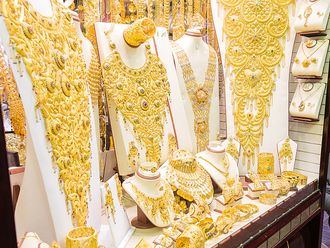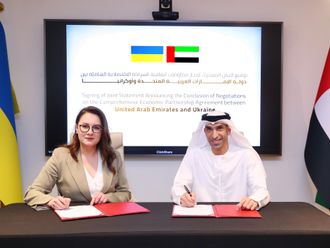India is experiencing a paradigm shift, as the government attempts to unlock the latent power of gold — new schemes, progressive policy reforms and consumer awareness are the foundation of India’s position as a key player in the global gold market.
Gold is viewed as a valuable asset by millions of consumers in India and is held as a long term investment, with the aim of protecting wealth as well as providing social, emotional and economic significance. On average, India consumes 800-900 tonnes of gold annually and in 2015 demand rose to 848.9 tonnes compared to 828.5 tonnes in 2014.
As India largely relies on imported gold to meet domestic demand, the country’s current account deficit (CAD) has widened, leading to other macro-economic implications such as currency volatility. As a result of curbing official imports, the amount of gold entering the country via unofficial channels increased. Between 2013 and 2014, this was estimated to be around 200 tonnes — something the government was keen to prevent.
By 2014, the approach changed. In an attempt to mobilise gold, usher transparency in the buying and selling of gold as well as many other aspects, a new government removed import barriers by implementing three innovative schemes.
An estimated 23,000 tonnes of gold, valued at around $1 trillion (Dh3.67 trillion), is held privately by individuals and by religious entities in India. A bold and progressive policy which looks to mobilise the nation’s gold stock could also fuel India’s economic growth in the longer term.
The Gold Monetisation Scheme (GMS), launched in November last, is poised to promote recycling and enhance transparency; benefiting millions of households and the economy. The GMS also has the potential to translate gold savings into economic investments with more gold filtering into the financial system.
To succeed, this new scheme needs extensive marketing, starting with front-line staff at banks and collection centres receiving the appropriate training on what they are offering. At present, the scheme is positioned as a “social” initiate and therein lies the issue. Without promoting the GMS as a successful commercial product to participating banks, there is little reason to join.
The success of the GMS rests in increasing the accessibility of gold, which is currently hindered by inefficiencies within the gold market. One unique issue is the quality of gold that is put forward for deposit. Hallmarking and standardisation are inconsistent across the country, making the implementation of the GMS more difficult.
At its heart, the GMS is about borrowing gold from those with a surplus, transferring this to manufacturers and back into India’s financial system. This can be best achieved through increased accessibility for consumers and the idea of a retail gold exchange, an idea mooted by the policymakers.
Alongside the GMS, the Indian government launched its paper gold scheme, the Sovereign Gold Bond. While still in its infancy, the scheme aims to provide investors with an attractive tax offer and an investment that is directly linked to the gold price. While linking any investment to a market subject to fluctuation can present a risk, expanding the available consumer options can only be a positive for the Indian gold market.
The third, and perhaps most integral scheme, is the official Indian Gold Coin. It has the potential to drive recycling by taking away the need to test purity every time gold is exchanged anywhere.
Consumer behaviour can also be shaped to make the Indian Gold Coin a form of donation to temples and for gifting. Again, success depends on understanding its recycling and export potential. But underlining this will be a regulatory change, allowing customers to sell these coins to the banks.
The introduction of tax cards (Permanent Account Number (PAN)), for purchases about $3,000 is a case in point in making gold savings mainstream.
As with any new scheme, success will require patience. However, it is widely believed that uniquely Indian schemes will allow gold to become a dynamic, fungible asset and a consistent initiative will only improve transparency and consumer’s trust in gold as a wealth preservation tool.
The writer is Managing Director of World Gold Council, India.












